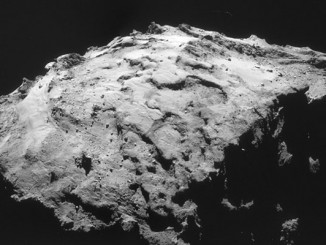
Rosetta

Picture This

Video

News

News

Picture This

News

News

News

News

News
